Ellen Eckert is a postdoctoral fellow in the Faculty of Arts & Science’s Department of Physics and a member of the department’s Earth, Atmospheric and Planetary Physics group.
For just over two decades, students and postdocs working with Kimberly Strong and Kaley Walker have traveled to Eureka, Nunavut, in the Canadian High Arctic each spring to make unique measurements of atmospheric trace gases.
Strong is chair of the Department of Physics and Walker is a professor in the department. Together with department colleagues and researchers from Dalhousie University and York University, the team had another extraordinary opportunity last winter to work at the Polar Environment Atmospheric Research Laboratory (PEARL).
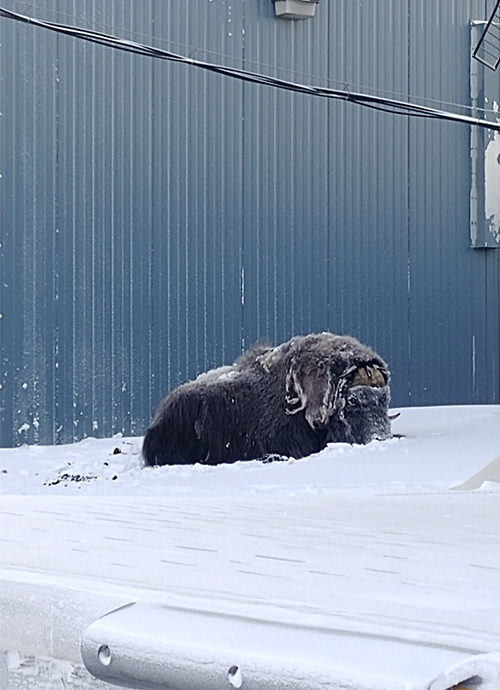
The three-week campaign yielded valuable measurements obtained using a wide suite of instruments. The data is used to validate data gathered by satellites and to investigate a variety of atmospheric phenomena. This year was particularly interesting as we observed record low levels of Arctic ozone. The team is currently analyzing these results to understand why conditions were so different this year.
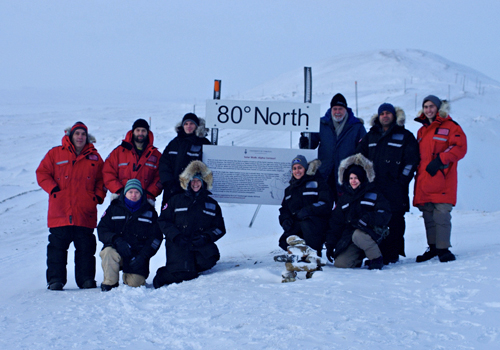
But why go to this remote location? At 80°N, PEARL is 1,100 kilometres from the North Pole. And why at this time of the year when temperatures can plunge to -50°C — before windchill?
PEARL is in a sweet spot for atmospheric research for several reasons: it is located in an area of the world that is crucial for understanding the global atmosphere; and there are no other stations anywhere nearby, meaning there’s a lack of data for polar regions.
Another reason is that satellites like the Canadian-led Atmospheric Chemistry Experiment frequently pass over this area, so data collected during these campaigns can be used to make sure the satellites are working properly.
Also, campaigns at this time of year coincide with the transition between the season in which the sun never rises to the season in which it never sets. This transition only takes about seven weeks at Eureka. Since some of the instruments operate at night and some need sunlight to operate, this time of year is ideal for comparisons between the different instruments to determine if there are biases between their measurements.
This year’s team included myself, graduate students Ramina Alwarda, Kristof Bognar, Beatriz Herrera Gutierrez and Tyler Wizenberg, as well as postdoctoral fellow Ali Jalali — all from the Department of Physics. They were joined by U of T senior research associate and PEARL site manager Pierre Fogal, operator John Gallagher, research associate Alexey Tikhomirov from Dalhousie and professor emeritus Tom McElroy from York.
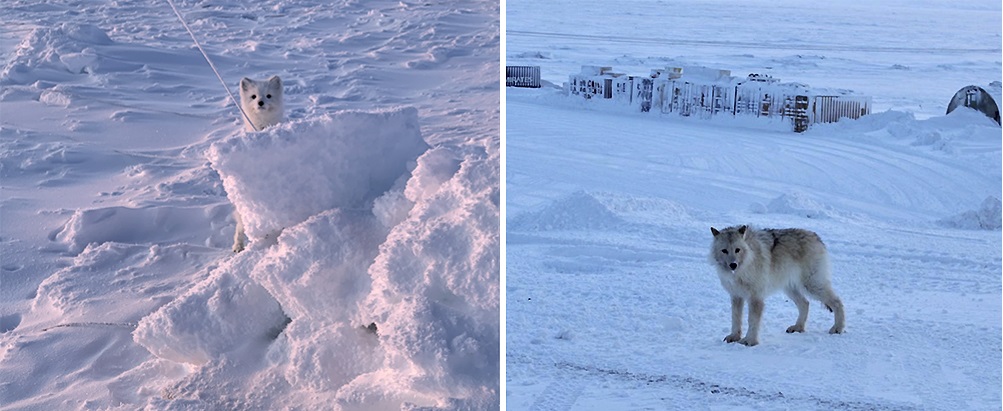
When the team arrived at Eureka this year, the sun was only above the horizon for about two hours while, when they left, daylight hours had exceeded nine hours. The team lived at Environment and Climate Change Canada’s Eureka Weather Station, where they enjoyed the hospitality of the permanent staff, amazing food and recreational activities.
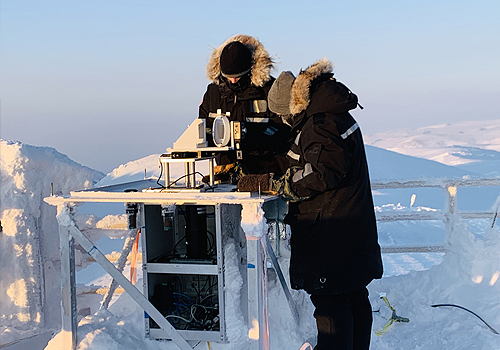
To do their research, the team drove about 20 to 25 minutes to the PEARL Ridge Laboratory each day, weather permitting, to take measurements. They also performed maintenance and repair tasks when necessary. This work can be interrupted by poor weather such as storms, so the team had to always be aware of the meteorological conditions.
Working in the high Arctic is challenging but very rewarding. Frigid temperatures mean that seemingly simple tasks such as tightening screws and adjusting components need to be done quickly and carefully, with fingers well protected.
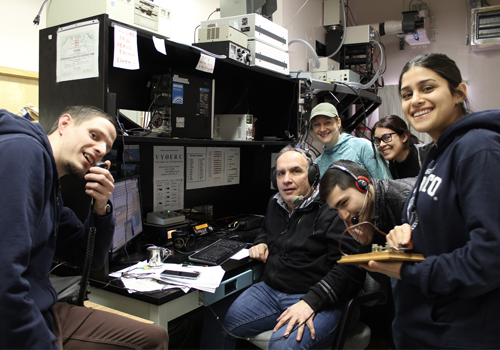
The cold takes its toll on the instruments as well but the lab is well stocked with tools and spare parts so things can often be fixed on site. On rarer occasions, specific spare parts are shipped up north and instruments are sometimes taken south for major repairs.
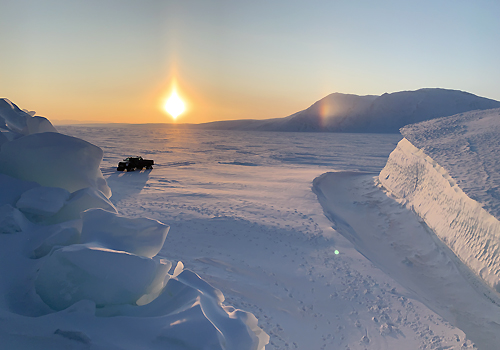
This year’s campaign was a great success, as the team was able to get all the instruments running and to keep them collecting data that will provide insight into Arctic atmospheric phenomena. In addition to measuring ozone, the team also monitored atmospheric trace gases associated with ozone destruction which allows them to better understand the chemical and dynamic processes behind the event.
Visiting Eureka is a unique and fantastic experience, not only for the scientific research, but also for the mind-blowing scenery and the wildlife that sometimes crossed the team’s path. This year, the team was lucky to encounter a couple of foxes close to the Ridge Laboratory, a musk ox that had made itself comfortable around the Eureka weather station and even a pack of wolves that strolled by the station on the last day of the campaign.

